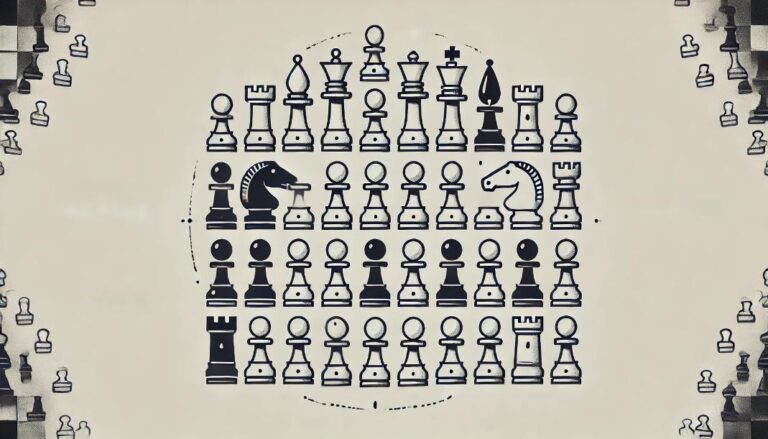Underpromotion in chess, the decision to promote a pawn to a piece other than a queen, is a rare and fascinating strategic choice. While the queen is the most powerful piece on the board, there are situations where promoting to a knight, rook, or bishop can be more advantageous. This article explores the strategic reasons behind underpromotion and provides examples to illustrate these unique scenarios.
Understanding Underpromotion
Underpromotion occurs when a pawn reaches the eighth rank and is promoted to a knight, rook, or bishop instead of the default choice, the queen. While the queen’s power and versatility make it the most common choice, specific tactical or strategic factors can make a lesser piece the better option.
Promoting to a Knight
Forks and Tactical Advantages
One of the primary reasons for underpromoting to a knight is to exploit forks and other tactical opportunities. A knight’s unique movement pattern allows it to attack multiple pieces simultaneously, which can be decisive in certain positions. For example, if promoting to a knight immediately places the opponent’s king and another piece in check, this can lead to a swift victory.
Avoiding Stalemate
Promoting to a knight can also help avoid stalemate scenarios. In some positions, promoting to a queen might lead to a draw by stalemate, whereas a knight’s promotion can continue the game with a winning advantage. This subtle yet crucial difference highlights the knight’s value in precise endgame calculations.
Example
Consider a scenario where a pawn promotion to a knight immediately delivers a check to the opposing king, creating a fork that also attacks a crucial piece such as a queen or rook. This type of tactical shot can turn the tide of the game in favor of the promoting player.
Promoting to a Rook
Simplifying the Position
Promoting to a rook can be beneficial when it simplifies the position or avoids complications that a queen might introduce. In some endgames, particularly those involving multiple queens, promoting to a rook can lead to a clearer and more manageable winning strategy.
Avoiding Perpetual Check
Another reason to promote to a rook is to avoid perpetual check situations. A rook’s linear movement can be less susceptible to checks compared to a queen, which can move diagonally as well. This strategic choice can prevent the opponent from forcing a draw through repeated checks.
Example
Imagine a position where promoting to a queen would allow the opponent to give perpetual check, resulting in a draw. In such a case, promoting to a rook can maintain a winning advantage by avoiding these checks and ensuring progress towards checkmate.
Promoting to a Bishop
Controlling Critical Squares
Underpromotion to a bishop is less common but can be the best choice when the bishop controls critical squares that a queen or rook cannot. This can be particularly relevant in endgames where the bishop’s ability to control diagonals is more effective than the broader movements of a queen or rook.
Avoiding Obstruction
In some positions, promoting to a bishop can avoid obstructing other pieces. A queen’s or rook’s presence might block crucial lines of attack or defense, whereas a bishop’s diagonal movement can complement the positioning of other pieces on the board.
Example
Consider an endgame where promoting to a bishop controls a long diagonal, preventing the opponent’s king from approaching a crucial area of the board. This can be the difference between winning and drawing, demonstrating the strategic value of a bishop underpromotion.
Conclusion
Underpromotion is a powerful yet underutilized strategy in chess that requires deep understanding and precise calculation. Choosing to promote a pawn to a knight, rook, or bishop instead of a queen can lead to tactical advantages, prevent stalemate, simplify positions, and control critical squares. By recognizing these unique opportunities, players can enhance their strategic toolkit and achieve victories in otherwise challenging situations.






